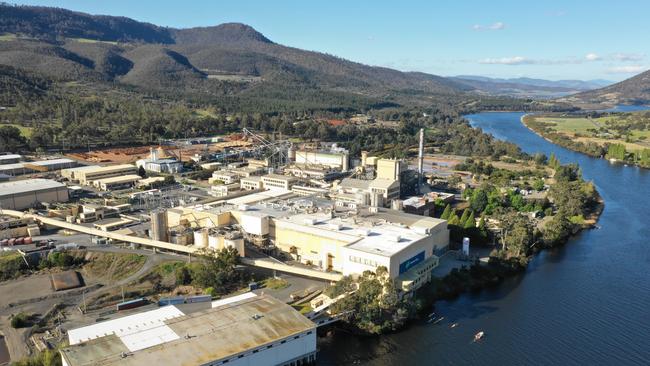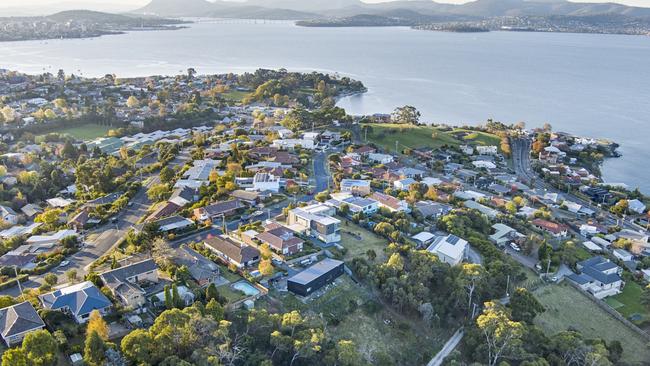Industry, jobs on hold as Tasmania ‘runs out of power’ and Marinus Link stalls
Tasmania does not have enough power generation to meet demand, stymieing new industrial development and jobs.

Tasmania – which had promised to be the renewable energy “Battery of the Nation” – is instead facing its own energy supply crisis.
The proposed Marinus Link, which was to spark an on-island renewables boom to power Victoria and beyond, was on Wednesday confirmed to have blown out beyond the state’s debt-financing capability.
With the promised suite of new wind farms yet to materialise, major Tasmanian factories are being told there is no further power available for upgrades and expansions.
And a state that prides itself on 100 per cent renewable energy self-sufficiency was reportedly being forced to run an old gas-fired power plant.
Tasmania’s Economic Regulator’s latest market watch report revealed no extra energy would be available before the third quarter of 2024, a situation described as overly optimistic by industry.
The Boyer Norske Skog paper mill, northwest of Hobart, on Wednesday said Hydro Tasmania had declined to supply 50MW to run proposed new electric boilers, intended to replace the plant’s coal-fired boilers.
“Hydro has advised the company that they do not have any spare capacity, but they would be willing to firm supply – at a cost – if the mill could source the power from other generators, such as wind or solar power from either Tasmania or the mainland,” a Boyer spokesman said. “The company is continuing to examine these options, albeit they would involve substantially higher operating costs.”

Sources in the manufacturing sector told The Australian the problem was not confined to Norske Skog and followed the effective transformation of Hydro from an energy supply utility into a power trading company.
Tasmanian Chamber of Commerce and Industry chief executive Michael Bailey said the state was in “another energy crisis”.
“We have businesses asking the government for more power to expand and create more jobs, yet today we’ve heard that the government is turning them away because we simply do not have enough generation to meet demand,” Mr Bailey said. “If that’s not the definition of a crisis, then what is? Even the Economic Regulator has said … there is no ‘head room’ in the Tasmanian grid, which confirms the business community’s worst fears.
“If the government doesn’t commit to Marinus Link, the result will be a recession, increasing power prices and an increasingly unreliable grid.”
Some in the business and energy sectors believe Marinus, thought to have blown out from $3.1bn to $5.5bn, is unviable and would simply export expanded renewable power – and jobs – to Victoria. They believe the government put “all its eggs in the Marinus basket”. With the project stalled, there was no “plan B” to expand on-island generation.
While a large number of major wind farms are proposed for the state, most are linked to Marinus.
A letter from the state to Anthony Albanese, released on Wednesday, said cost blowouts meant Marinus was “not able to be effectively managed within the fiscal capacity of the Tasmanian budget”.
“We are concerned the project may not remain in the long-term interests of Tasmanian consumers or the state, and as such the Tasmanian government is not in a position to continue to take this project forward,” wrote Treasurer Michael Ferguson and Energy Minister Guy Barnett.
State Labor said the energy shortage was forcing the government to run a gas-fired power plant in the state’s north.
Premier Jeremy Rockliff conceded “a power supply challenge”, which he was attributing to strong economic growth.








To join the conversation, please log in. Don't have an account? Register
Join the conversation, you are commenting as Logout